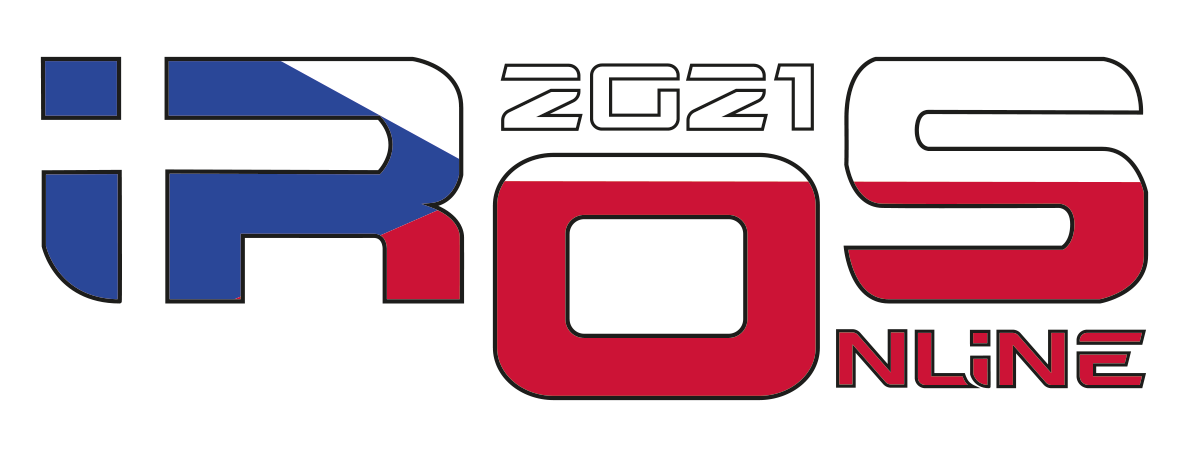Program
October 1, 2021
| TIME (CEST) | |
| 16:10 - 16:15 | Forewords from the organizers |
| Invited talks session | |
| 16:15 - 16:35 | Michel L’Hour (Department for Underwater Archaeology of the French Ministry of Culture) How robots can help archeologists to study the deep sea cultural heritage |
| 16:35 - 16:55 | Oussama Khatib (Stanford University) The Era of Human-Robot Collaboration: Deep Sea Exploration |
| 16:55 - 17:15 | Cyrille Chaidron (Artéka) Multi-spectral imaging and machine learning for detecting archeological sites |
| 17:15 - 17:35 | Martin Saska (Czech Technical University) A system for documentation of historical monuments by a team of unmanned aerial vehicles |
| 17:35 - 17:55 | Franck Ruffier (Institute of Movement Science)
A Shape-Adjusted Tridimensional Reconstruction of Cultural Heritage Artifacts Using a Miniature Quadrotor
|
| Contributed talk session | |
| 17:55 - 18:05 | R. Luxman, Y. Emilia-Castro, M. Nurit, A. Siatou, G. Le Goïc, L. Brambilla, C. Degrigny, F. Marzani, A. Mansouri |
| 18:05 - 18:10 | Conclusion words from the organizers |

|
2021 IEEE/RSJ International Conference on Intelligent Robots and Systems |